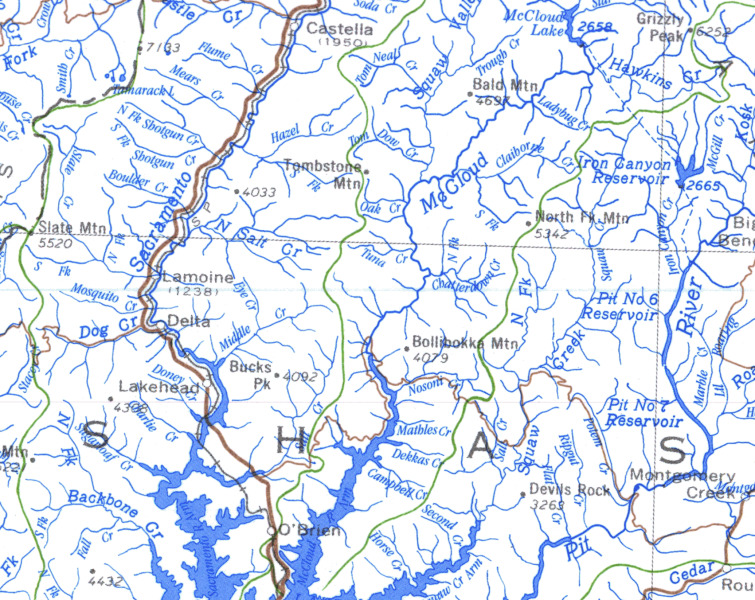Abnormal Weather, Temperatures, and Pests
A Year of Unusual Weather Affects Vegetable Crops
By Mikenzi Meyers, Associate Editor
A year filled with abnormal weather is starting to show its effects on vegetable crops. Tom Turini of the University of California Cooperative Extension Fresno County, who is a plant commodity specialist, shared some of the early seasonal problems he has witnessed.
“We had unusual weather this year—a very cool, late spring—and with the rains we’ve had, we expected to see some issues that are unusual. We just didn’t see the incidence of those problems that we would have expected,” Turini said.
Turini added that levels of beet curly top are relatively low and tomato spotted wilt is densely populated in some areas. He also noted that the early appearance of the consperse stink bug seems to be having a measurable impact on crops, specifically on the west side of Fresno County.


























